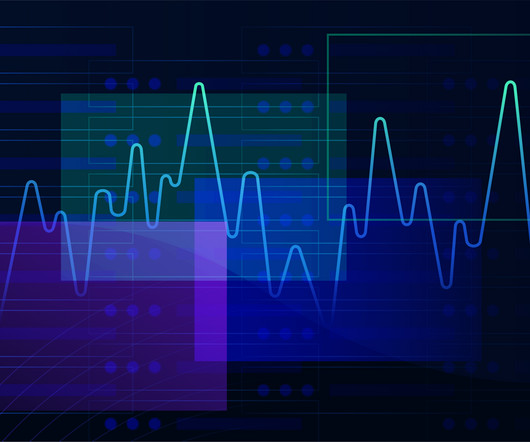Optimize your environment: Unveiling Dynatrace Hyper-V extension for enhanced performance and efficient troubleshooting
Dynatrace
OCTOBER 23, 2023
Hyper-V plays a vital role in ensuring the reliable operations of data centers that are based on Microsoft platforms. Microsoft Hyper-V is a virtualization platform that manages virtual machines (VMs) on Windows-based systems. This leads to a more efficient and streamlined experience for users.






















Let's personalize your content